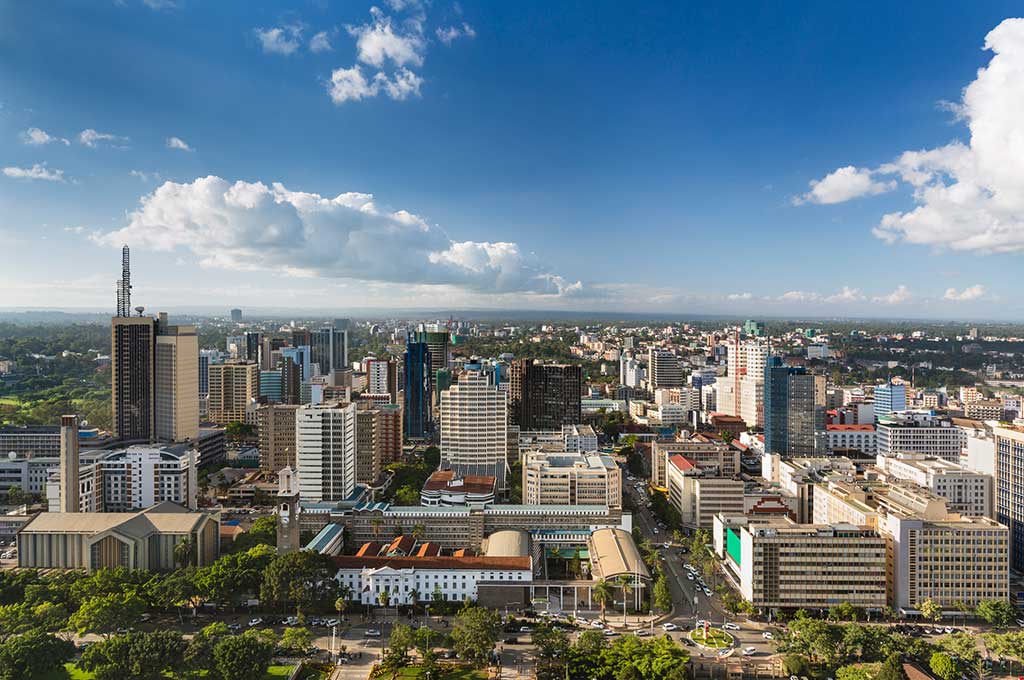
IESE Insight
Africa’s big funding squeeze
How can African economies get free from the weight of public debt?
Two decades after Jubilee 2000 — which resulted in large debt relief across Africa — public debt is once again one of the continent’s most pressing economic challenges.
But this time is different: Back then, public debt was mostly owed to multilateral institutions such as the World Bank. Today a substantial fraction of Africa’s public debt is owed to private lenders, and to China. As a result, another round of debt relief à la Jubilee 2000 does not seem feasible.
A shift in the creditor landscape
Behind this shift are, as usual, demand and supply factors. On the demand side, many African governments saw last decade’s low interest rates as an opportunity to finance large development projects such as railways, roads, ports and airports. In doing so, they tried to avoid loans from the traditional multilateral creditors, because these are often conditional on the borrower following certain predetermined — and typically domestically unpopular — policies.
On the supply side, low interest rates in advanced economies led private investors to search for yield in emerging and developing economies. Moreover, China’s 2013 Belt and Road Initiative increased Beijing’s willingness to lend money abroad (often to finance infrastructure that, among other things, would increase China’s trade opportunities).
The big funding squeeze
After more than US$1 trillion in overseas loans, the Belt and Road Initiative lost steam around 2018-19. Now, as a result of the recent inflation surge in advanced economies, major central banks, such as the U.S. Federal Reserve, are raising interest rates fast, aggravating what the IMF has called sub-Saharan Africa’s “big funding squeeze.” In short, the problem is that, after a decade-long increase in public debt levels across Africa, investors are pulling their funds away from the region — making it increasingly costly for governments to refinance their debts.
Which countries are most likely to feel the squeeze?
To answer this question, it is worth putting ourselves in the shoes of an international investor. What factors might reduce our willingness to hold a particular country’s government bond? Indeed, investors’ risk perceptions are a key determinant of a country’s cost of borrowing.
First, there are solvency concerns: Will the government have the means to honor its debts in the long term? Factors that might worry us on this front include high public debt levels, political instability, corruption and — since debts will have to be repaid from future taxes on economic activity — low tax base and low potential economic growth.
Second, there are liquidity concerns: Will the government be able to keep refinancing its debt — and, if necessary, raise more debt — in order to operate without major disruptions at all times? Factors that might worry us on this front include: low maturity of existing debt (because this implies that the government has to frequently borrow new funds to replace loans that were due), low levels of foreign exchange reserves, and weak ties with international credit institutions like the IMF (because this might make it difficult to obtain emergency loans in time).
The original sin of international finance
There are also concerns that affect both solvency and liquidity. Most important among these is what is known among economists as “the original sin” of international finance: issuing bonds denominated in foreign currency (typically U.S. dollars) instead of domestic currency.
Why would we call this a sin? Well, experience shows us that when economic conditions worsen, developing economies’ currencies typically depreciate, sometimes dramatically, making their foreign debt more expensive (in domestic currency) precisely when it is harder to pay. Indeed, the value of most African currencies has been plummeting in the last 18 months, contributing not only to higher inflation but also to sharp increases in the domestic value of their foreign debts.
If this is a well-known problem, why would governments fall for the original sin anyway? The reason is that investors usually demand a risk premium to buy bonds denominated in the currency of a developing economy as opposed to a major currency like the U.S. dollar (precisely to compensate for the fact that developing economies’ currencies typically depreciate when economic conditions worsen). The original sin occurs when governments avoid paying this risk premium; this reduces their borrowing costs while times are good, but it of course leads to much tougher situations when economic conditions worsen. (A similar motive explains why governments often choose to issue short-maturity bonds instead of the safer long-maturity bonds.)
The way forward
How can African countries break free from crippling debt? Governments would do well to strive to increase their solvency (by, for example, widening the tax base, prioritizing political stability, reducing corruption and unleashing their countries’ tremendous potential economic growth) as well as their liquidity (by, for example, preserving their foreign exchange reserves and working closely with institutions like the IMF that could potentially provide emergency loans). And, as with other sins, the original sin should be avoided as much as possible.
